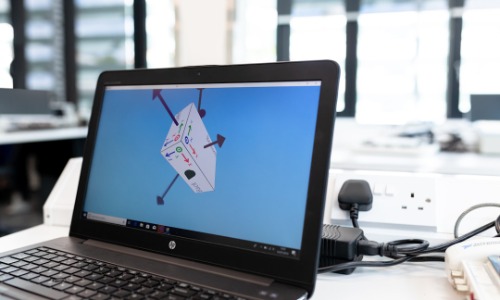Introduction
Ubuntu 24 is the latest iteration of Canonical’s popular Linux distribution, offering cutting-edge features and improvements. This guide will walk you through the steps to install Ubuntu 24 on your machine.
1. Prerequisites
System Requirements:
- Processor: 2 GHz dual-core or better.
- RAM: 4 GB minimum (8 GB recommended).
- Storage: At least 25 GB of free disk space.
- Display: 1024×768 resolution or higher.
- Bootable Media: USB drive (8 GB or more) or DVD.
Download Ubuntu 24 ISO:
- Visit the official Ubuntu website.
- Navigate to the Ubuntu 24 download page and select the appropriate ISO for your system architecture (64-bit).
2. Create Bootable Media
Using Rufus (Windows):
- Download and install Rufus.
- Insert your USB drive and launch Rufus.
- Select the Ubuntu ISO file and configure the settings.
- Click “Start” to create the bootable USB.
Using Etcher (macOS/Linux):
- Download and install Etcher.
- Launch Etcher and select the Ubuntu ISO.
- Choose your USB drive and click “Flash.”
3. Installation Steps
Step 1: Boot from USB/DVD
- Restart your computer and enter the boot menu (usually by pressing F2, F12, or Esc).
- Select your USB/DVD as the boot device.
Step 2: Start the Installation
- On the Ubuntu welcome screen, select “Try Ubuntu” or “Install Ubuntu.”
- Choose your preferred language and click “Continue.”
Step 3: Configure Installation Settings
- Keyboard Layout: Select your keyboard configuration.
- Updates & Software: Choose whether to install third-party software and updates during installation.
- Partitioning:
- Erase Disk and Install Ubuntu: Automatically partition the disk (recommended for beginners).
- Something Else: Custom partitioning for advanced users.
Step 4: Complete Installation
- Set up your user account (username, password).
- Choose your time zone.
- Click “Install Now” and confirm the changes.
4. Post-Installation Steps
- Update System: Run
sudo apt update && sudo apt upgradeto ensure your system is up to date. - Install Drivers: Use
Software & Updatesto enable proprietary drivers if needed. - Customize Your Environment:
- Install GNOME extensions or themes.
- Configure settings according to your needs.
5. Troubleshooting Common Issues
- Boot Issues: Ensure secure boot is disabled in BIOS/UEFI.
- No Wi-Fi: Check drivers and enable proprietary firmware.
- Slow Performance: Optimize swap space and disable unnecessary startup programs.
Conclusion
Installing Ubuntu 24 is a straightforward process, offering a robust and modern Linux experience. By following this guide, you’ll have a fully operational Ubuntu system tailored to your needs.




